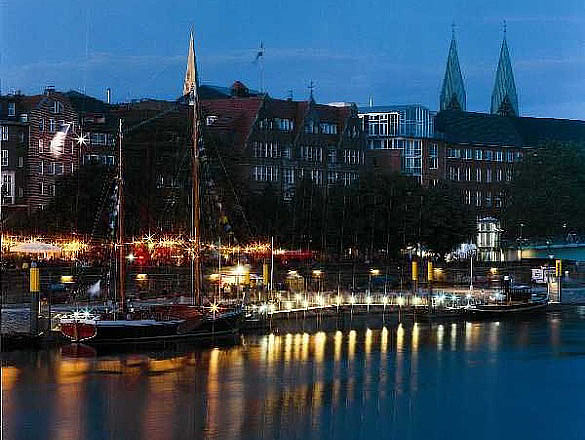 /fastmedia/12/Schlachte_nacht.18758.jpg
/fastmedia/12/thumbnails/Schlachte_nacht.18758.jpg.18763.jpg
/fastmedia/12/Schlachte_nacht.18758.jpg
/fastmedia/12/thumbnails/Schlachte_nacht.18758.jpg.18763.jpg
For over 400 years, the Schlachte was Bremen´s main harbour and the source of income for many hostelries, inns and superior hotels. Only in 1887, when the river Weser was deepened and the new port facilities came into use, did the Schlachte finally cease to be used as a harbour and for handling merchandise.
NEXT
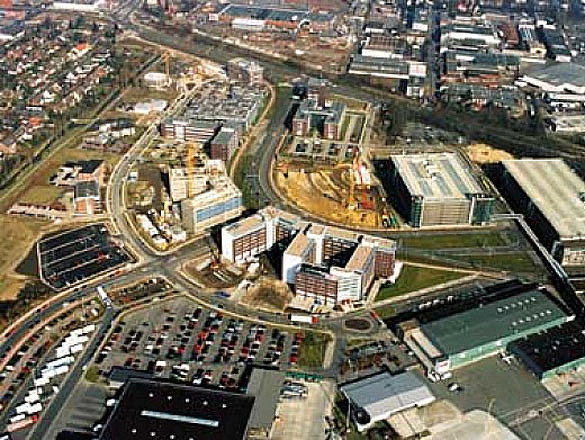 /fastmedia/12/airport.18771.jpg
/fastmedia/12/thumbnails/airport.18771.jpg.18776.jpg
/fastmedia/12/airport.18771.jpg
/fastmedia/12/thumbnails/airport.18771.jpg.18776.jpg
Work began on realising the "Airport 2000" concept in the early 1990s. The "Airport 2000" concept was intended to boost the capacity of the airport and to adapt the overall facility – including its appearance – to future needs.
NEXT
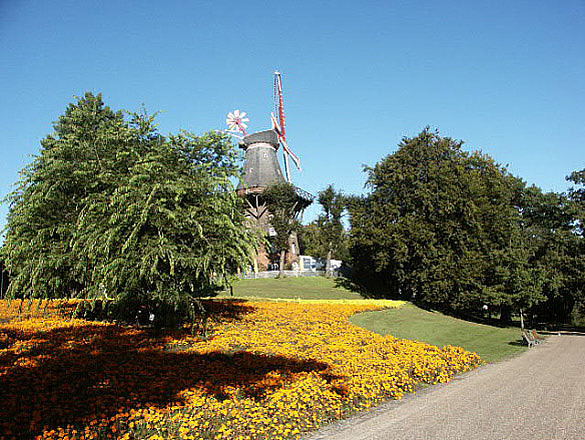 /fastmedia/12/Wallmuehle.18784.jpg
/fastmedia/12/thumbnails/Wallmuehle.18784.jpg.18789.jpg
/fastmedia/12/Wallmuehle.18784.jpg
/fastmedia/12/thumbnails/Wallmuehle.18784.jpg.18789.jpg
The Mill on the Wall was built in 1833 and became the property of the city in 1891. Up until 1947 it was used as a mill for grain, as originally envisaged. The mill is situated on one of the former bastions of the city walls
NEXT
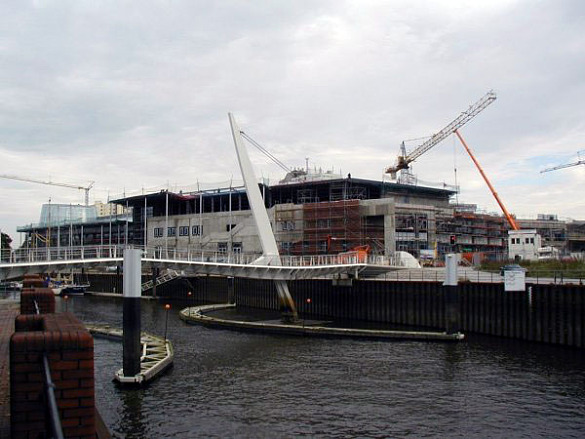 /fastmedia/12/haven_hoevt.18797.jpg
/fastmedia/12/thumbnails/haven_hoevt.18797.jpg.18802.jpg
/fastmedia/12/haven_hoevt.18797.jpg
/fastmedia/12/thumbnails/haven_hoevt.18797.jpg.18802.jpg
In the suburb of Vegesack in the north of Bremen, there is an attractive location in terms of urban planning between the mouth of the Lesum, Vegesack port and the railway station, right by the pedestrian precinct
NEXT
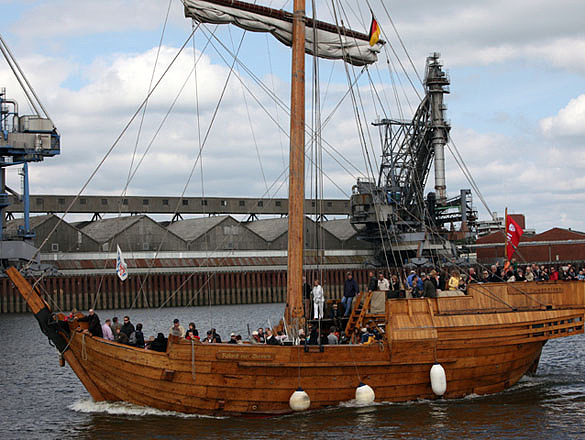 /fastmedia/12/hansekogge.18810.jpg
/fastmedia/12/thumbnails/hansekogge.18810.jpg.18815.jpg
/fastmedia/12/hansekogge.18810.jpg
/fastmedia/12/thumbnails/hansekogge.18810.jpg.18815.jpg
The Coherence Fund is an attempt to integrate the ERDF regional fund and the ESF social fund more closely. The Coherence Fund aims to provide a direct and mutual complement to ERDF and ESF support and to increase the effectiveness of the spending of both funds
NEXT
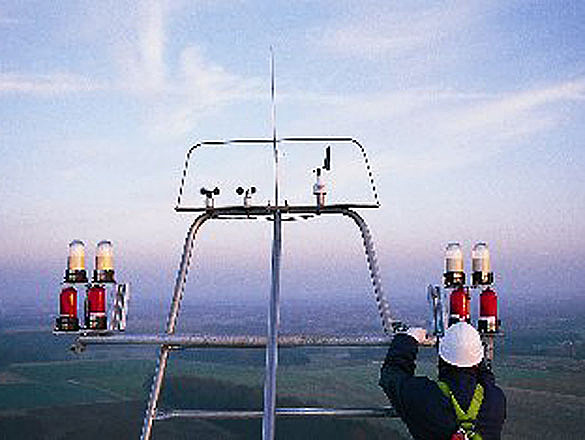 /fastmedia/12/Reetec2.18823.jpg
/fastmedia/12/thumbnails/Reetec2.18823.jpg.18828.jpg
/fastmedia/12/Reetec2.18823.jpg
/fastmedia/12/thumbnails/Reetec2.18823.jpg.18828.jpg
The programme to promote near-application environmental technologies (PFAU) particularly supports small and medium-sized companies as they develop innovative environmental protection technologies
NEXT
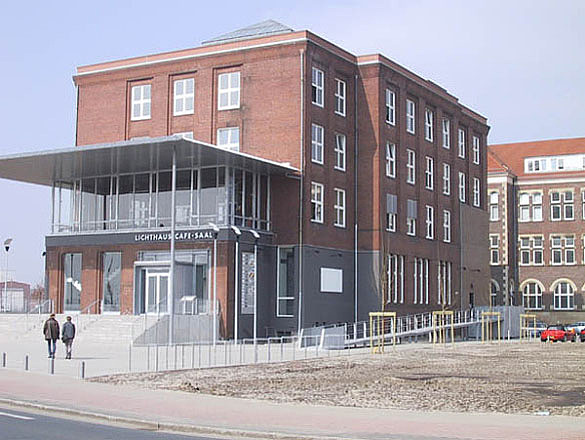 /fastmedia/12/Lichthaus.18836.jpg
/fastmedia/12/thumbnails/Lichthaus.18836.jpg.18841.jpg
/fastmedia/12/Lichthaus.18836.jpg
/fastmedia/12/thumbnails/Lichthaus.18836.jpg.18841.jpg
The building formerly used by the works council of A.G. Weser shipyard became an URBAN 1 project in 1995 (12 years after the yard's closure). Artists had illegally occupied the building and were using it as a venue for events and exhibitions.
NEXT
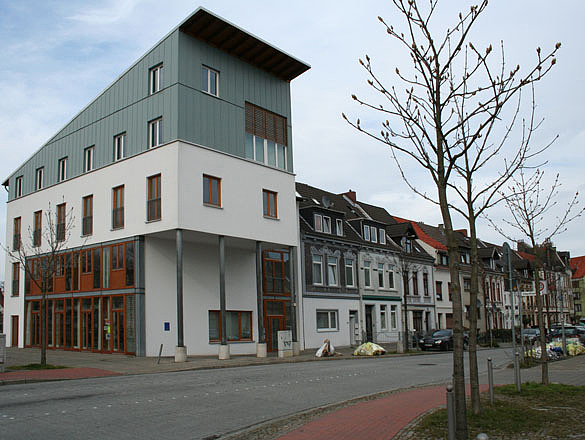 /fastmedia/12/kultur_vor_ort.18849.jpg
/fastmedia/12/thumbnails/kultur_vor_ort.18849.jpg.18854.jpg
/fastmedia/12/kultur_vor_ort.18849.jpg
/fastmedia/12/thumbnails/kultur_vor_ort.18849.jpg.18854.jpg
"Kultur vor Ort" (Local Culture) is a project of the URBAN I Community Initiative set up in 1997 in order to encourage the people of Gröpelingen to identify more with their suburb.
NEXT
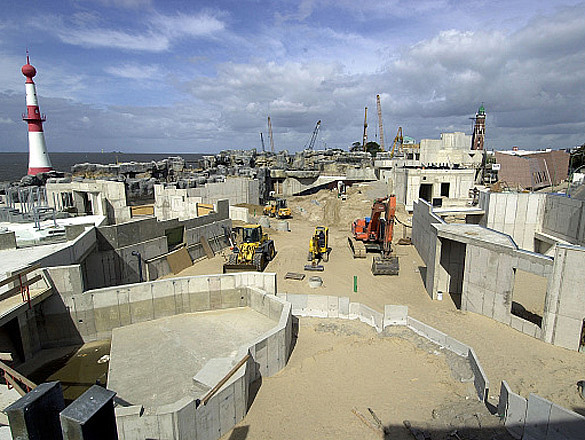 /fastmedia/12/zoo.18862.jpg
/fastmedia/12/thumbnails/zoo.18862.jpg.18867.jpg
/fastmedia/12/zoo.18862.jpg
/fastmedia/12/thumbnails/zoo.18862.jpg.18867.jpg
Bremerhaven´s Seaside Zoo, which is now over 70 years old, is to have a thorough overhaul. The zoo is to be expanded in three stages at a cost of more than € 20 million and adapted to today´s zoo-keeping standards, and is to form an element of the world of experience offered by the New and Old Harbours.
NEXT
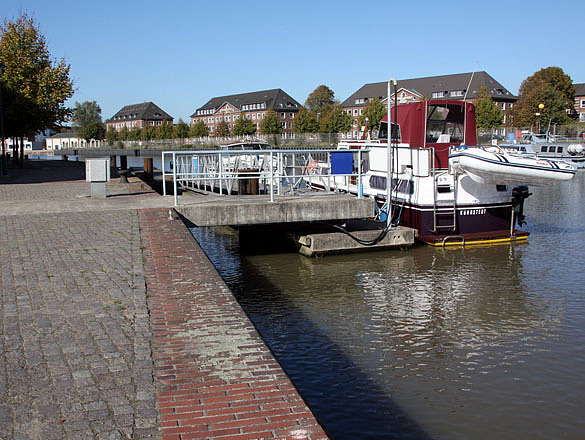 /fastmedia/12/city_port.18875.jpg
/fastmedia/12/thumbnails/city_port.18875.jpg.18880.jpg
/fastmedia/12/city_port.18875.jpg
/fastmedia/12/thumbnails/city_port.18875.jpg.18880.jpg
Following the development of the part of the Geeste riverbank located to the south of the Geeste bridge to open it up for more tourism (North Sea Museum, mooring places for passing boats), the city of Bremerhaven decided to improve the northern part of the riverbank as well.
NEXT
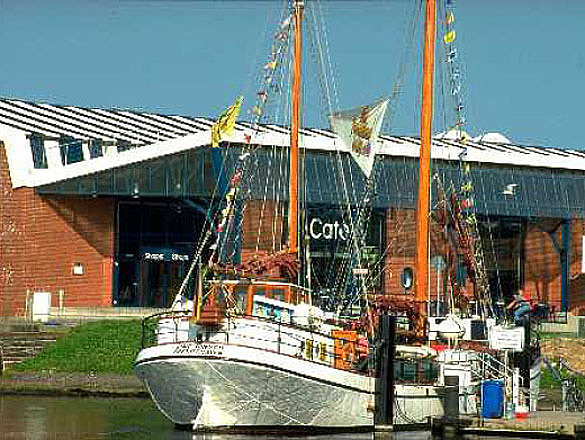 /fastmedia/12/fischereihafen.18888.jpg
/fastmedia/12/thumbnails/fischereihafen.18888.jpg.18893.jpg
/fastmedia/12/fischereihafen.18888.jpg
/fastmedia/12/thumbnails/fischereihafen.18888.jpg.18893.jpg
Bremerhaven's fishing port was established in 1886. Despite its turbulent history, the fishing port is still Europe's main centre for fish processing and production, particularly for frozen foods. The development of the law of the sea and the severe crises in the fisheries sector in the 1970s and 1980s, which resulted in a drastic reduction of the fishing fleet, did not leave Bremerhaven unaffected.
NEXT